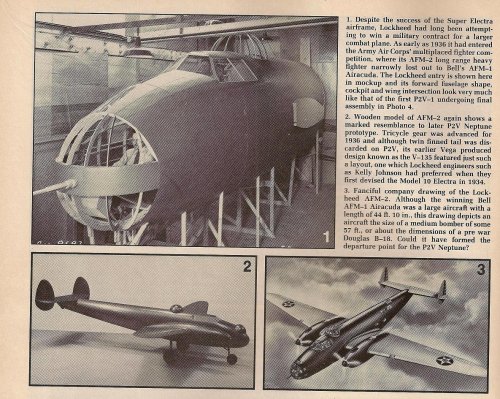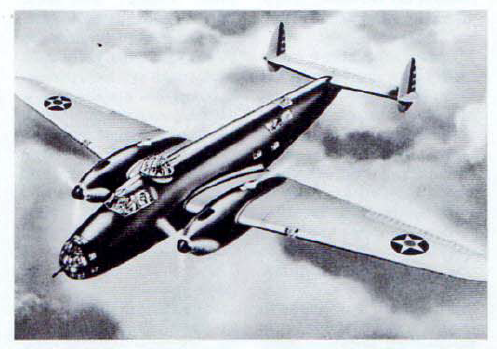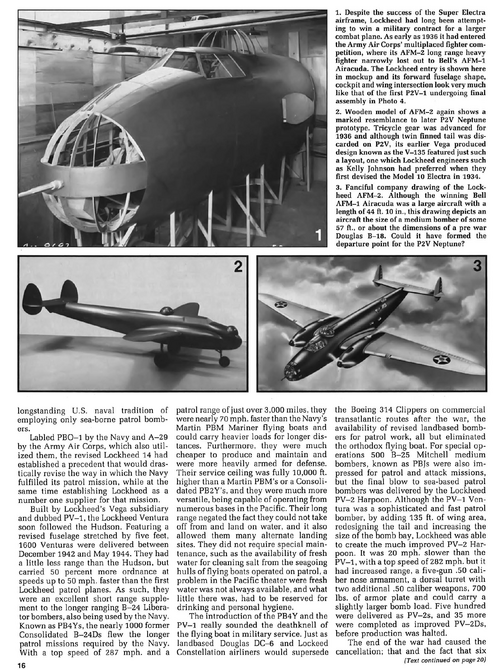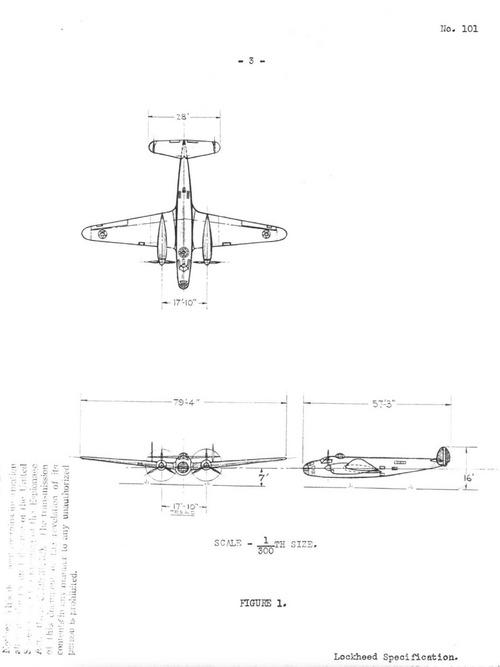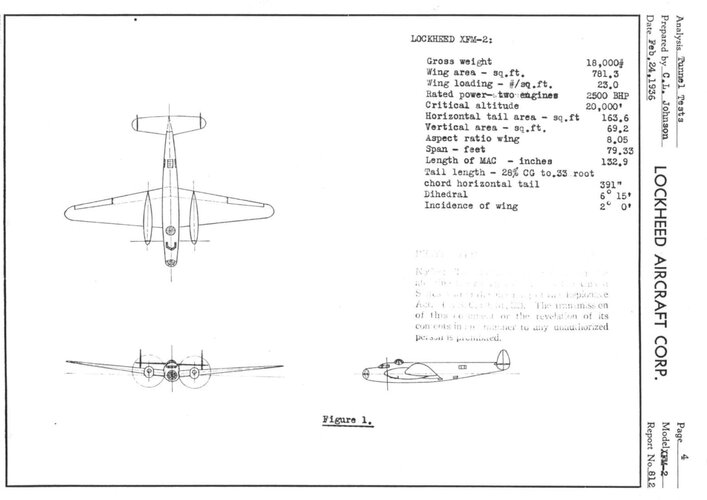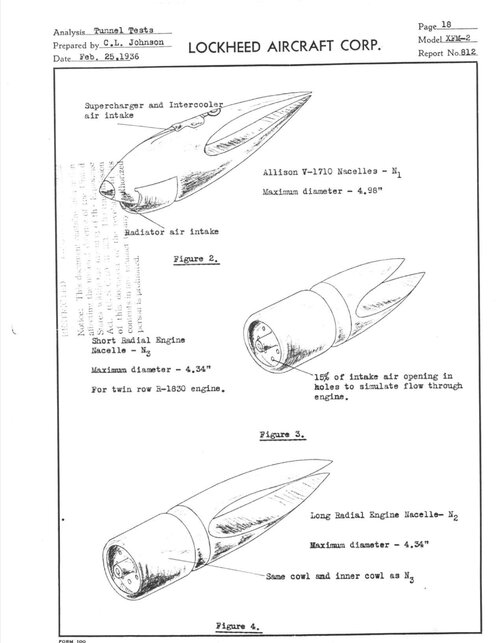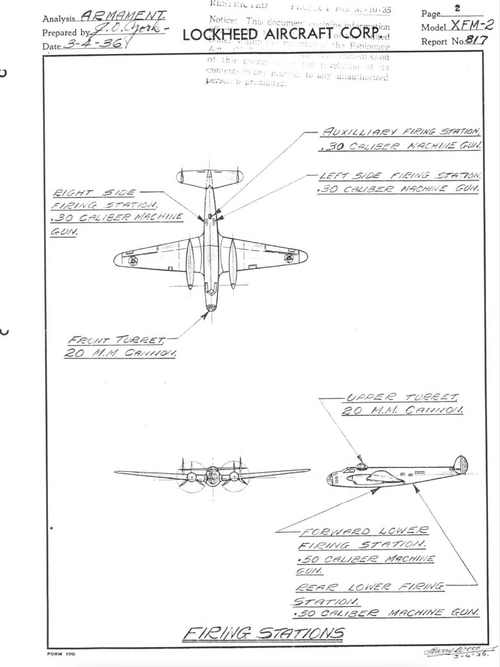- Joined
- 21 May 2006
- Messages
- 2,803
- Reaction score
- 1,805
Lockheed XPB-3 / XFM-2 Long-Range, Multi-Place Escort Fighter
Hello gents
I was reading about the Bell XFM-1 Airacuda ‘Long-range, Multi-place Escort Fighter’ design. In the text it said that Lockheed also submitted a design to the 1936 USAAC requirement. Lockheed’s design was the XPB-3 / XFM-2.
I have not been able to find anything on this design in books or on the web!
Does anyone know or have anything on it in the way of specs /tech data, drawings, 3-view drawings???
Regards
Pioneer
Hello gents
I was reading about the Bell XFM-1 Airacuda ‘Long-range, Multi-place Escort Fighter’ design. In the text it said that Lockheed also submitted a design to the 1936 USAAC requirement. Lockheed’s design was the XPB-3 / XFM-2.
I have not been able to find anything on this design in books or on the web!
Does anyone know or have anything on it in the way of specs /tech data, drawings, 3-view drawings???
Regards
Pioneer

